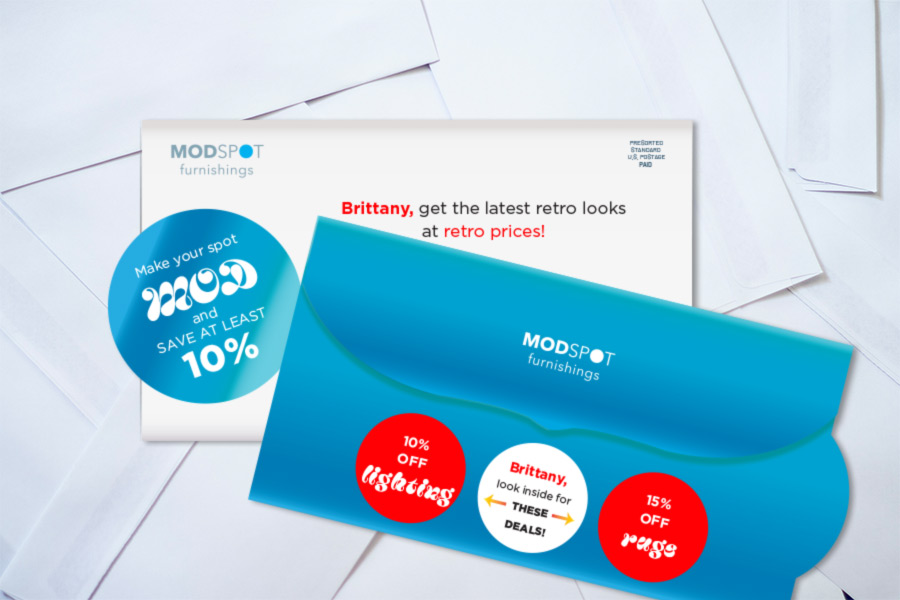Here are five reasons direct mail structural design deserves a front-row seat in your campaign planning.

1. Direct Mail Structural Design Helps Capture Attention in the Mailbox
For marketers looking to differentiate their brand, format is the first impression. And first impressions can be everything.
Consumer attention spans are shrinking, but physical mail forces the recipient to focus. Unique formats, such as folds, die-cuts, and dimensional mailers, create instant visual and tactile disruption.
2. Structural Design Guides Engagement, Not Just Attention
Good design doesn’t just catch the eye, it controls the experience. Structural design can intentionally guide recipients through the message flow, drawing attention to high-impact visuals, benefits, and calls to action. From strategically placed CTAs to progressive unfolding experiences, structure can shape the narrative in ways digital media can’t.
For marketers, this means more than pretty packaging. It’s about maximizing message retention and driving readers to act.
3. It Elevates Brand Perception at Scale
Structural design also plays a powerful role in brand storytelling. High-touch formats communicate thoughtfulness, innovation, and value, before a single word is read. For brands in competitive markets or high-consideration categories (finance, travel, luxury goods, healthcare), this perceived value matters.
The right format can instantly communicate quality, something no subject line or banner ad can replicate.
4. Structural Design Drives Higher Engagement and ROI
Design decisions directly impact performance metrics. Neuroscience-backed research shows that tactile experiences lead to better recall and greater emotional connection than digital media. Add in personalized structural elements, interactive components, or unique opening experiences, and you’ve got a recipe for increased response and conversion rates.
Smart design also supports features like QR codes, NFC chips, and personalized URLs, turning a physical format into an added digital experience.
5. It Unlocks Scalable Personalization
When structural design and data strategy work together, personalization impacts more than the messaging. You can segment by format based on audience behavior, lifecycle stage, or AOV. Interchangeable offers, variable inserts, and interactive layouts provide additional options for customization.
This level of personalization feels more like a one-to-one interaction at a scale that’s actionable and measurable.
Final Thoughts
For marketers focused on acquisition, retention, or reactivation, direct mail structural design is more than just a creative choice. It’s a performance strategy. The best campaigns don’t just speak to the right person; they show up in a way that demands attention, encourages interaction, and delivers results.
At sg360°, we believe format is function. And when it’s done right, structural design becomes a competitive advantage you can’t afford to overlook.
